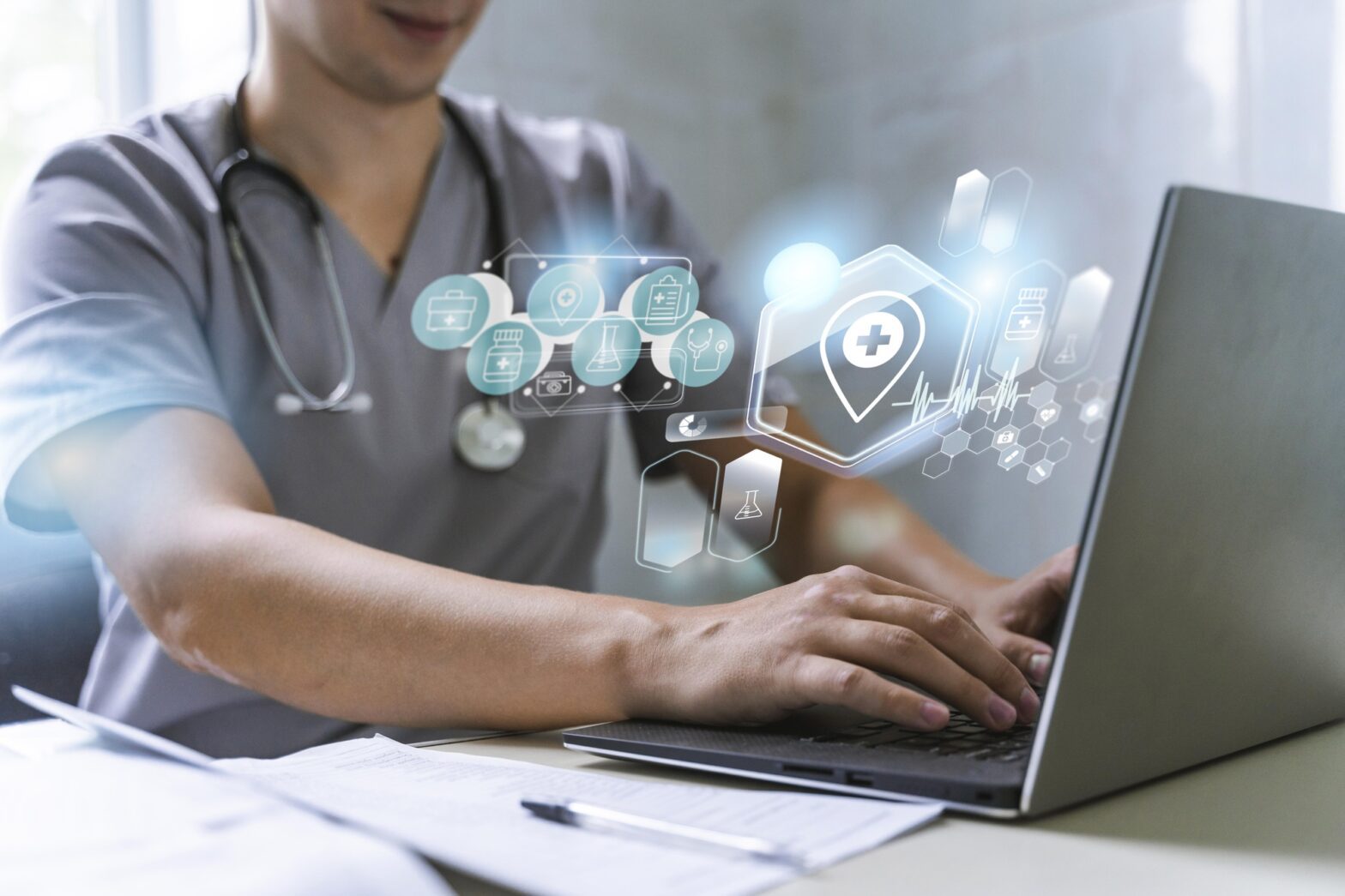By: Deepak Sharma, Co-founder and CEO, MedLern
The year 2020 brought about a great revolution in the medical education system landscape. Till that time the industry was plagued with the challenges posed by outdated teaching methods and offline learning systems. The inefficiencies caused by the failure to meet those challenges had acted as a serious deterrent for aspiring medical professionals to reach their true potential and meet their desired goals.
The Advent of technology and its aftermath:
The advent of technology and AI-enabled learning and training systems brought about much-needed change and met the challenges with aplomb. It not only empowered the healthcare professions with learning opportunities but also established a more effective and goal-oriented system that ensured that the students not only receive superior education but also witness significant improvements in their academic growth.
Technology has also helped in addressing specific issues that require customized learning and training solutions. The training of healthcare staff with the aid of technology has helped in continuously improving their performance thereby delivering better patient outcomes.
The shift of medical care from the traditional hospital setting to ambulatory medicine has necessitated the ability to provide care in a much shorter period. Emphasis on cost-containment and evidence-based use of resources has become a national imperative.
The educational goals of using technology in medical education include aiding basic knowledge acquisition, improving decision-making, enhancement of perceptual variation, improving skill coordination, practicing for rare or critical events, learning team training, and improving psychomotor skills.
A few technologies that are currently prevalent in medical education:
Computer-assisted Learning: One example of computer-assisted learning is the use of ‘flipped classrooms’ in which students review an online lecture before attending it in person. Post that, they attend the classroom to have an interactive session with the teacher.
Mobile Devices: Personal digital assistants (PDAs) are used by students for medical questions, aiding patient management, and arriving at treatment decisions. There are numerous medical apps for iPhones and Android devices that focus on anatomy and physiology, medical problem-solving, diagnosis, and treatment.
Digital Games: The application of digital games, designed for surgical training improve eye-hand coordination and reflex times, is also on the rise. These games provide challenging stimulating environments for training medical professionals.
Simulation: Simulation aims to imitate real patients and mirror the real-life circumstances in which medical services are rendered.
There are innumerable educational advantages of technology, the most prominent ones can be summed up in the following manner:
• Safe and controlled environments that eliminate risk to patients
• Enhanced and realistic visualization that aids the students in practicing their craft
• Authentic contexts for learning and assessment process
• Documentation of learner behaviour and the outcomes
• Instruction customized as per individual needs and requirements
• Each learner has control over their educational experience
• Repetition and deliberate practice which helps one in polishing their skill
• Improve skill coordination and enhance perceptual variation
• Standardization of instruction and assessment leaves little margin for ambiguity.
Medical education is a constantly evolving landscape and the factors that have contributed to lending it this dynamic nature are the ever-changing role of the physician, altered societal expectations, rapidly changing medical science, increasingly complex patient care needs and the diversity of pedagogical techniques. The coming years would witness an upswing in this already established trend, with good reason.


